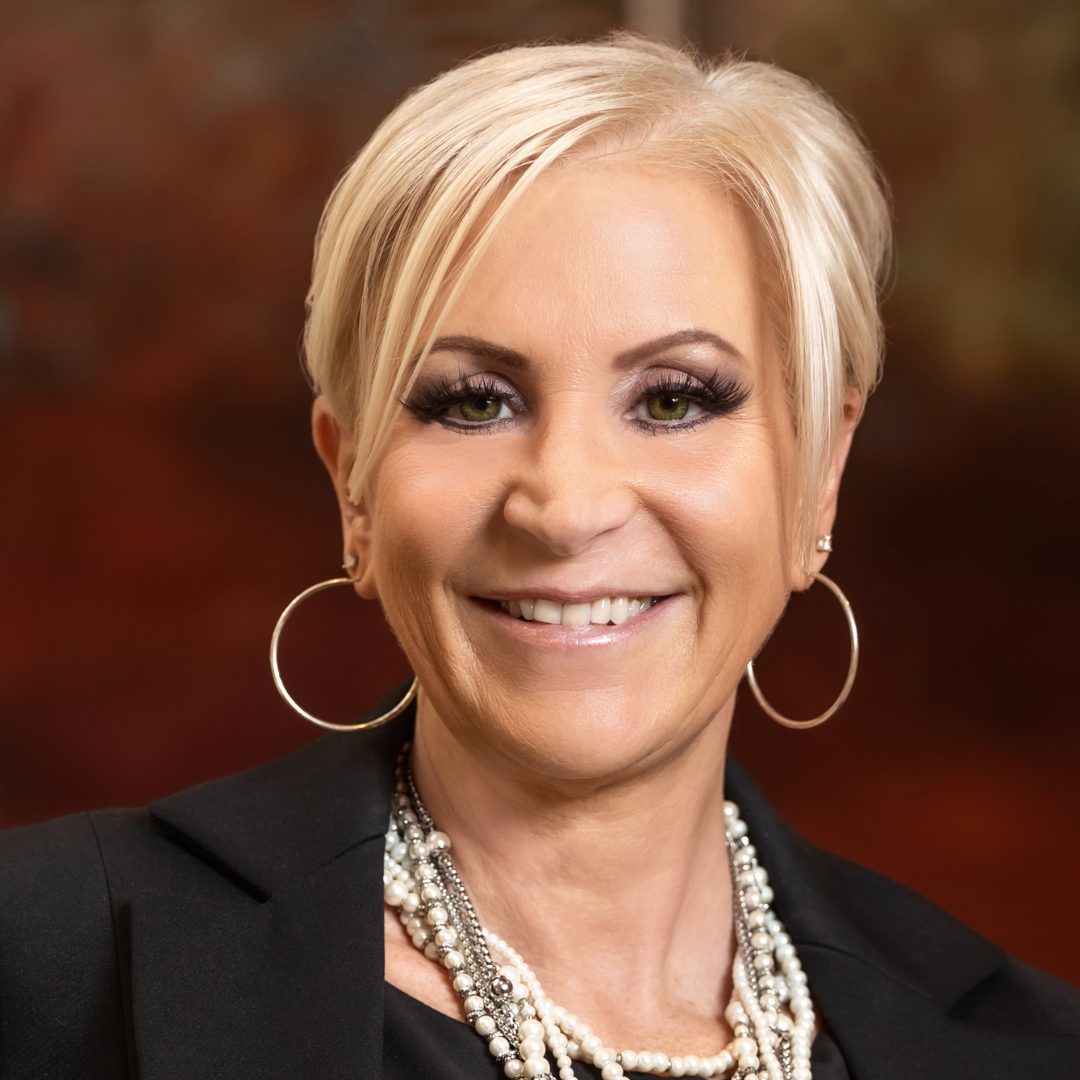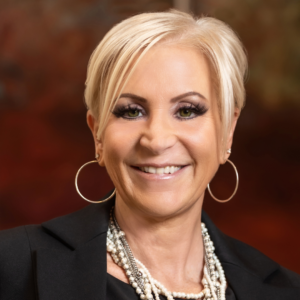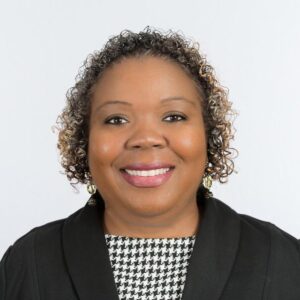Marketing and Admissions Risks Your Senior Care Facility Should Be Aware of
Part 1 of a 2-part series on marketing and admissions risks in senior care settings.
Risk management is critically important in senior care settings. From ensuring resident safety to protecting sensitive health data to staying compliant with the newest regulations, risk management requires attention to multiple operational areas. But one area that often gets overlooked is the risks that come with marketing and admissions.
In part one of this series, we’ll look at marketing and admissions risks with regard to the Fair Housing Act, and discuss common marketing actions that can carry risk. In part two, we’ll examine how risk management and marketing teams can best work together to minimize risks in senior care settings.
The Fair Housing Act and Marketing and Admissions Risks

Christina Wildrick, director of risk management at Friends Services Alliance
There is a general lack of awareness about marketing risks, particularly when it comes to the protected classes under the Fair Housing Act. “The Fair Housing Amendments Act added disabilities and familial status as protected classes,” says Christina Wildrick, director of risk management at Friends Services Alliance. “When those classes were added, I think at the time many continuing care retirement communities essentially looked at the new law and said, ‘that’s for housing, that’s not us because we provide more than housing.’ In the eyes of the government, they’re looked at as housing providers,” she says.
Under the Fair Housing Act, protected classes not only include people with disabilities and familial status, but also race, religion, and national origin. “The Federal protected classes are a floor, but not a ceiling,” she says. Since states and jurisdictions may add on their own protected classes, a senior care community may need to account for those extra classes. For example, some states add sexual orientation and marital status protected classes, or state that people can’t be discriminated against based on the source of their income.
Wildrick notes that it took continuing care retirement communities a long time to recognize that the Fair Housing Amendments Act applied to them. “I think most communities are aware that they’re not permitted to discriminate, but I think there’s still a lot of confusion out there in terms of marketing, including what can and can’t be done, and what should and shouldn’t be done,” she explains.
Common Marketing and Admissions Risks for Senior Care Facilities
Senior care marketing teams need to consider the many potential risks associated with common marketing actions. Details such as logo inclusion, language use, and photo choice can carry potential risk.
Fair Housing Logo Use
Lack of HUD Fair Housing logos or including an improperly sized logo can be a potential marketing risk. Sometimes senior care communities omit the logo, or include one that is too small. “There are no specific requirements about font size,” says Wildrick, which she says can lead to confusion. As a rule of thumb, Wildrick recommends that clients make sure the Fair Housing logo is the same size of other logos included on a website.
Targeted Marketing
Marketing teams may often carry out targeted marketing based on income levels in a bid to attract an audience that can afford the community’s services. “Sometimes that targeted marketing can end up going to a group of individuals and excluding people in protected classes,” Wildrick explains. “It may not be intentional discrimination, but it may have a disparate impact and look like it’s excluding certain people.”
Exclusionary Admission Practices
Exclusion is also a major concern when it comes to the admissions process. “A lot of marketing is marketing at admission,” says Wildrick, and exclusionary admission practices can be problematic. For example, a community that disallowed scooters would be excluding any residents who needed scooters. “That’s hugely problematic and a huge risk,” Wildrick explains. Even if a community didn’t have a written rule against scooters, if no residents were using them, one might question if it’s actually the community’s practice to allow scooter use.
Admission applications can also potentially be problematic. Wildrick cautions communities against certain types of questions on their applications. Improper requests for medical records or physical examinations are one example, and whether a community can include those questions depends on the type of community and the services it offers. “It’s not a black and white issue,” says Wildrick. Type A communities tend to be able to ask more of those medical-related questions, but Type C communities, which essentially provide housing, not medical care, cannot ask those questions.
“Steering is also a huge problem” adds Wildrick. “Instead of allowing the resident to select the level of care, the community may try to steer them toward a particular level of care or particular housing. It’s a huge risk.”
Additionally, communities need to avoid making discriminatory denials of reasonable accommodations, such as scooters, from the above example. Other reasonable accommodations include service animals and emotional support animals.
Photo Choice
Communities also need to exercise caution when selecting photographs for inclusion on websites, in brochures, and in other marketing materials. “When you’re looking at your website or your printed materials, a facility should be looking with an eye towards ‘What do my photographs depict in terms of the residents in them?’” explains Wildrick. “Do they show only white people? I’ve had communities sometimes say that they have people of color, but it can be problematic if all of the models or residents themselves are white and the people of color are all staff in the photos.”
She notes that the activities people are performing in photos can also be exclusionary. If people are running, jogging, doing yoga, or riding bikes, they may not realistically depict residents with disabilities. “I strongly encourage communities to show individuals with disabilities,” Wildrick says.
Photos can also convey religious preferences, like the inclusion of a cross in a background. “A lot of communities are faith-based, but it needs to be recognized that you have to show you’re welcoming to all faiths,” notes Wildrick. “In a photo of a Bible study group, how will you show that there are other religions there?”
“There have been some cases through the years where communities have been sued for the lack of diversity and racial diversity in photos,” Wildrick explains. “The argument of the community has been that the photos were of their actual residents.” Unfortunately, that argument opens up the counterargument that the resident body shows that the community knows it’s discriminating.
What is the solution? Careful and thoughtful photo selection is essential, but some communities have opted to choose photos that don’t include any human models. “Do you really need humans in the photos? Some communities have opted to basically remove the human models,” explains Wildrick. Instead, they focus on showcasing the facilities, the beauty of the campus, and its amenities.
In part two, we’ll examine the risks of marketing word choice, as well as how risk management and marketing teams can best work together to minimize risks in senior care settings.

Paige Cerulli is a contributing writer to i Advance Senior Care.
Related Articles
Topics: Business Marketing Including Social Media and CRM , Featured Articles , Risk Management











